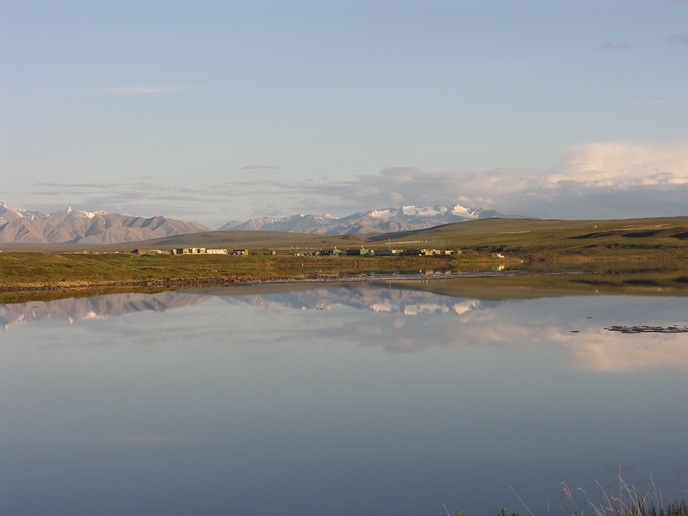Dense water formation moves westward following Greenland’s retreating ice edge
The Atlantic meridional overturning circulation (AMOC) is a system of ocean currents in the Atlantic Ocean. It transports warm water near the surface from the tropics to the Nordic Seas (Greenland, Iceland, and Norwegian Seas). The warm water cools, sinks, and returns southward at depth. As it cools, the heat released to the atmosphere helps keep northwestern Europe’s climate relatively mild compared to other countries at the same latitudes. In a warming climate, the warm-to-cold transformation of the water is changing. A better understanding of how and where the dense water is formed is needed. With the support of the Marie Skłodowska-Curie Actions(opens in new window) programme, the SUPERFLOW project set out to find answers.
Dense water currents in the AMOC
From the Nordic Seas, cold and dense water makes its way to the North Atlantic Ocean by flowing around Iceland in two deep currents that overflow gaps in the underwater Greenland-Scotland Ridge. According to MSCA fellow Stefanie Semper of the University of Bergen(opens in new window): “Global climate models do not resolve these narrow currents nor represent the processes of dense water formation well. Understanding them is important for more accurate predictions of the future state of the AMOC in climate models.” Semper set out to reveal where the dense water in these currents forms and which paths the water follows until it partitions into the two deep currents.
Unique near-surface mooring data in the Iceland Sea
The northwestern Iceland Sea has only recently become ice-free so wintertime observations have been limited. Semper and colleagues had placed a mooring there in 2016, with 25 instruments attached to it throughout the water column. The mooring was accidently located on slightly shallower seafloor than intended. Serendipitously, the instruments remained functional during the following two years, providing unique measurements of temperature, salinity and ocean currents. The high-resolution time series enabled Semper to relate the seasonal development of the ‘mixed layer’ to the occurrence of short-term atmospheric events. “These analyses also supported(opens in new window) evidence that, in the Iceland Sea, dense-water formation now occurs farther west than four decades ago, following the retreating ice edge towards Greenland and the associated strong atmospheric forcing,” explains Semper. This dense water may supply the deep slope currents north of Iceland and thus the overflow across the Greenland-Scotland Ridge, together with dense water from the Greenland Sea.
Engaging youth regarding ocean currents and climate change
As lead investigator on SUPERFLOW, Semper had the freedom to pursue her research interests and shape her scientific career. This included 21 months at the world-renowned Woods Hole Oceanographic Institution (US). It also included sharing the team’s science with young people in an article(opens in new window) in ‘Frontiers for Young Minds’ and developing a high school classroom lesson(opens in new window) for ‘Teach the Earth’, a portal to earth education resources. “SUPERFLOW’s use of new and existing observations, high-resolution realistic numerical simulations, and idealised modelling provided new perspectives on the sources, pathways, and dynamics of the dense-water flows supplying the southward component of the AMOC. This is crucial for accurate predictions of the AMOC’s response to climate change.” This, in turn, will enable predictions regarding Europe’s climate and, potentially, opportunities for interventions and adaptation supporting greater resilience.







